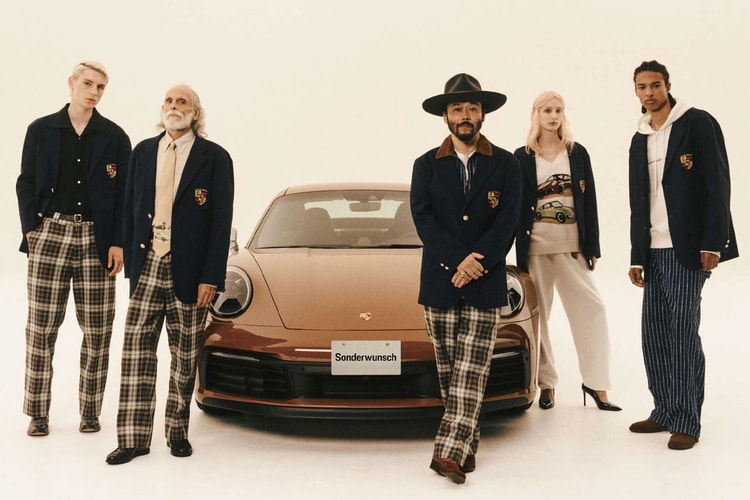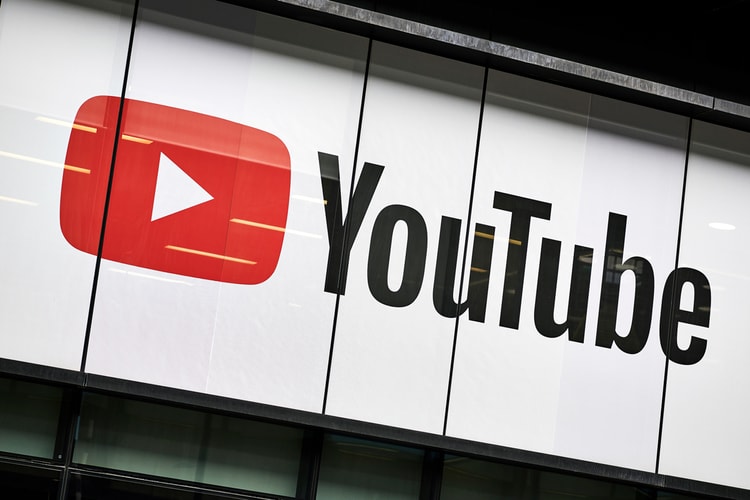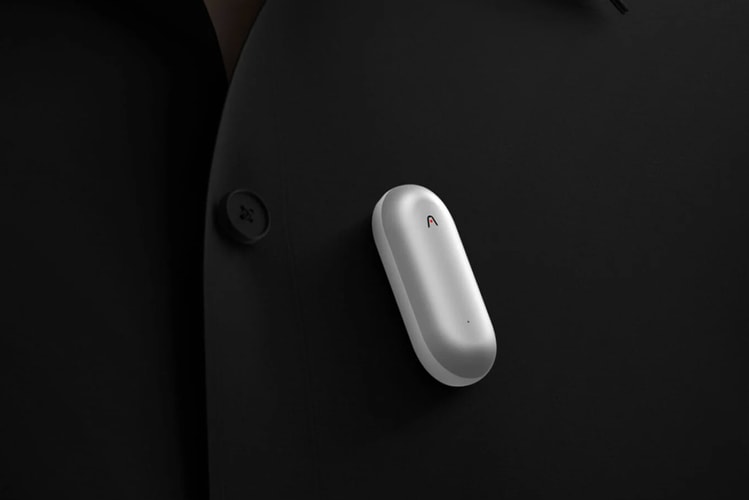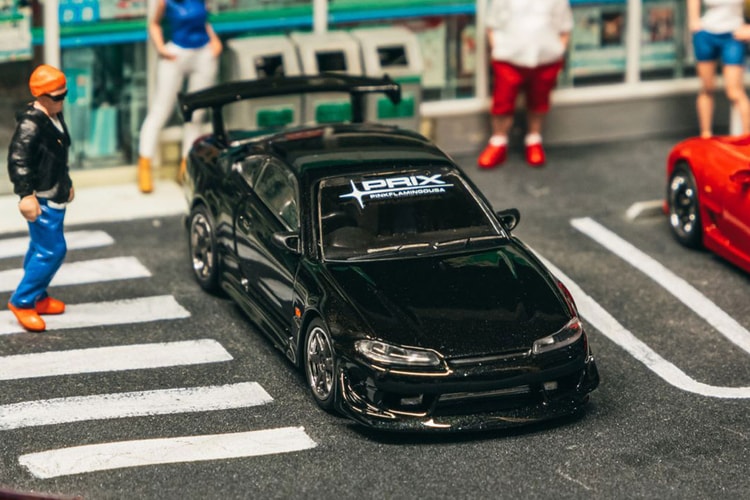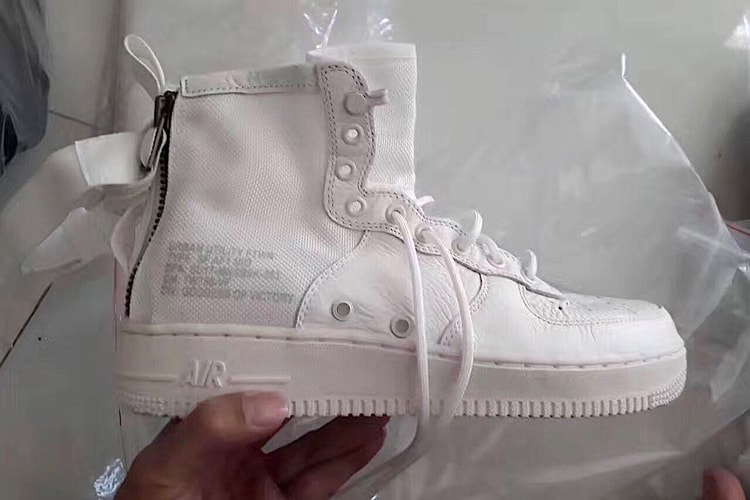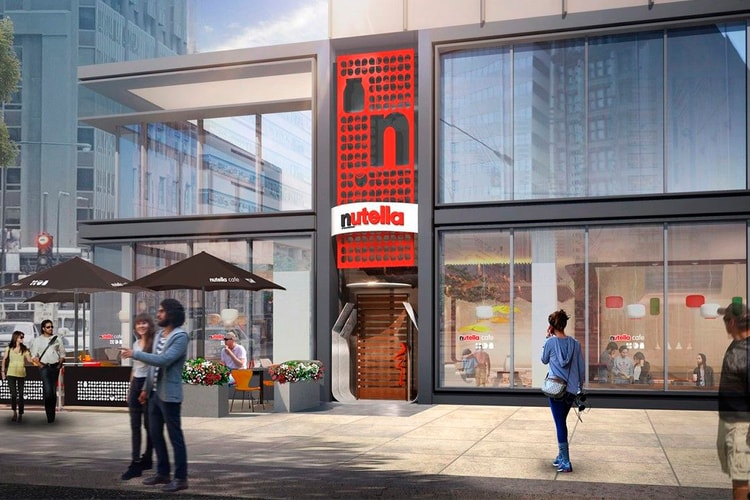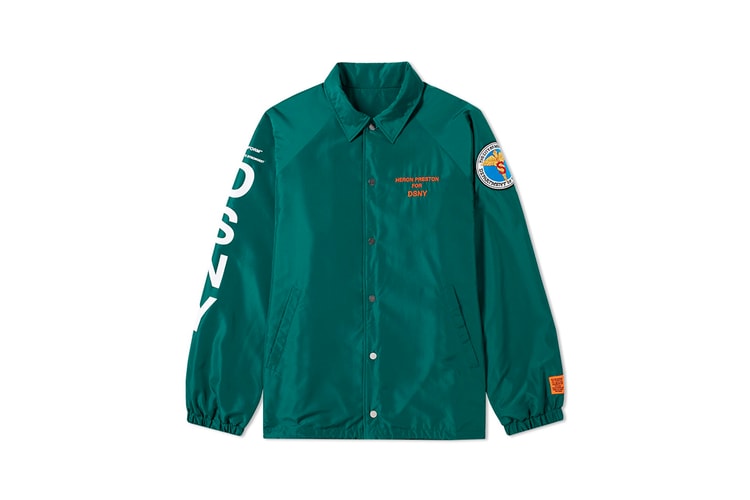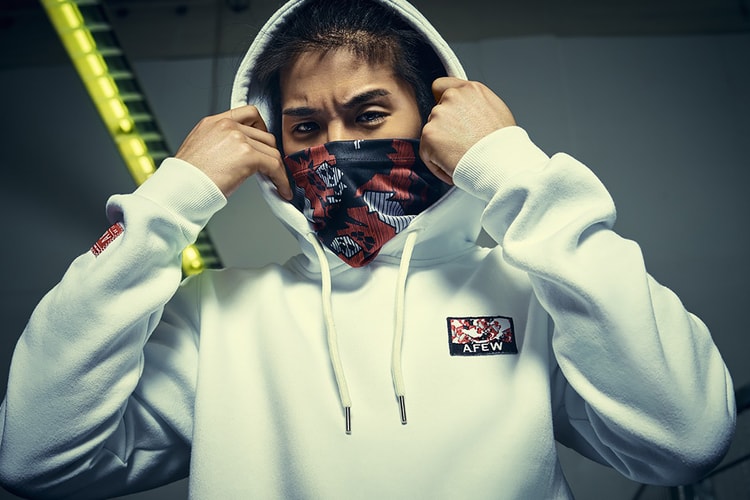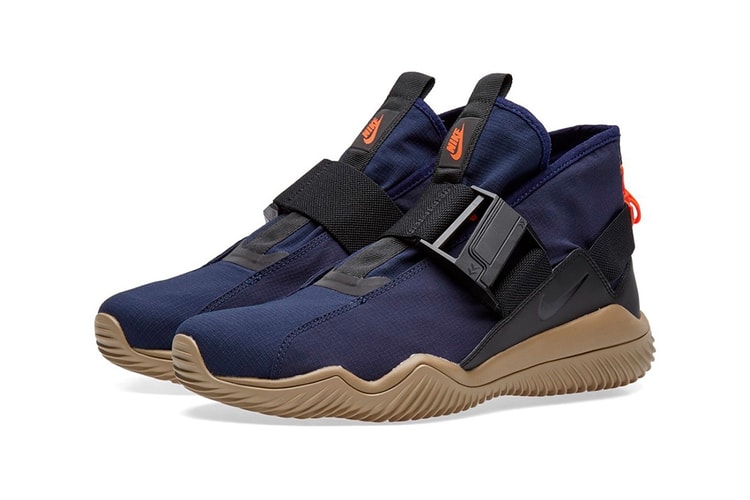Poggy on Collaborations, A.I. and Music
But after you recover, you start thinking, “Oh, maybe I should get a new Gosha Rubchinskiy sweatshirt.”
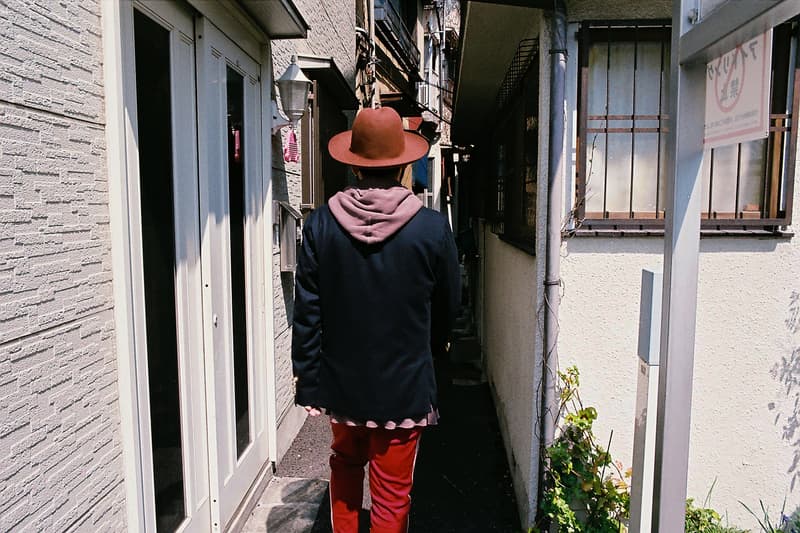
Poggy — the mind behind UNITED ARROWS — has been at the forefront of Japanese streetwear and fashion for decades. He started at UNITED ARROWS in 1997 as a buyer, and is now a force in fashion and a streetstyle photographer favorite. Known for his signature wide-brimmed hat and unique fashion sense, Poggy will be around for awhile. SSENSE’s Adam Wray speaks to Poggy about everything from collaborations, adidas, A.I. and music. Read the full interview here.
With the rise of e-commerce, there are now way more brands that sell directly to their customers, without a middleman. Do you think that multi-brand retailers like United Arrows will continue to be important?
Our business is going to shrink, probably. At the rate A.I. is improving, in five or 10 years, maybe we’re going to lose our jobs. But in the meantime, it’s really important to see faces. Even though A.I. might make us irrelevant, doing the job you like can still make you happy. If people are coming to the store, it means people are coming to you, so that’s a very happy thing. Maybe eventually someone can turn my sensibilities into A.I. and make a new store using that. I’ll sell my mind and then I won’t have to go to work anymore. [Laughs]
You mentioned a collaboration with adidas—what do you think makes a good collaboration?
So, in Japanese tradition, when you get married, we say musubareru, which means we are knotted together. It’s a very, very important cultural thing for us. For example, if you go to a countryside shrine you might see a big, old tree with huge strings knotted around it—that’s because people believe those knots contain the spirit of gods, kami. So, that might be a little exaggerated, but collaboration should be between friends with this same mindset. Nowadays, people say, “Hey, it’s a collaboration,” and it’s just business.
In the west, Harajuku is often what we think of when we think of Japanese style. How has it changed since you started working at United Arrows?
After the Lehman shock, Harajuku became surrounded by Forever 21 and H&M and that kind of fast fashion, so the sensibility changed. Then, after the earthquake in 2011, we felt like, “Oh my God, we’re going to die, easily.” So people’s minds kind of changed. It’s fun to enjoy new things every half-year, but at the same time, we’re thinking, “What is good for your life?”
Can fashion be good for your life?
If you’ve got a fever, you’re not thinking about fashion. But after you recover, you start thinking, “Oh, maybe I should get a new Gosha Rubchinskiy sweatshirt.” [Laughs] As soon as you recover! That’s my nature.



